How are bridges built? What is the foundation of a bridge like? In flooded areas, how is the foundation constructed – the backbone of every structure? Are you curious about how the foundation of a bridge is built while water is still overflowing around it? Let’s find out.
Foundation – the most crucial component of any structure
The foundation is a building structure located at the very bottom of any construction, whether it’s a single-story house or a 100-story building.
This is the bedrock of any construction since it directly bears all loads onto the ground. It is no coincidence that our ancestors had the saying “Build a house from the foundation“. A stable foundation is essential for a durable house, making it the most important part of any structure.
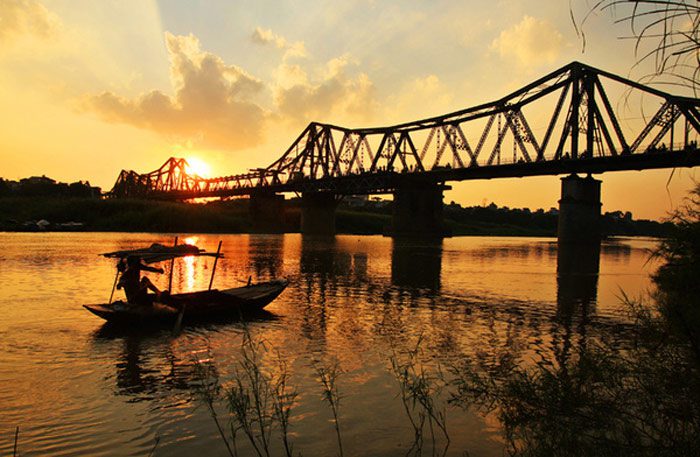
The same applies to bridges; they also require a foundation. The bridge foundations are made of reinforced concrete, which serves to transmit and distribute all loads to the ground, ensuring the bridge remains stable despite heavy traffic on its surface.
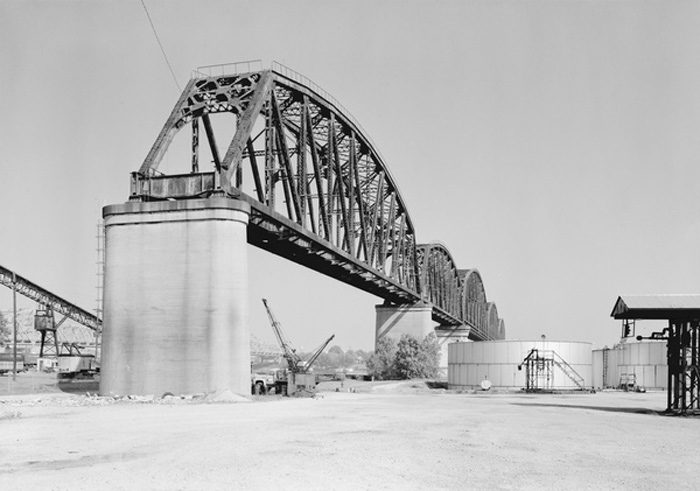
To construct a foundation, experts must conduct thorough geological surveys. The ground must ensure it does not settle before the pile driving begins, and test constructions must be performed to determine the settlement process.
But how is the foundation constructed for bridges over rivers?
Excavating and driving piles for a foundation on land is straightforward. However, when a bridge crosses a river or even stretches across the sea, how do they build the bridge’s foundation? The answer is illustrated in the following image.
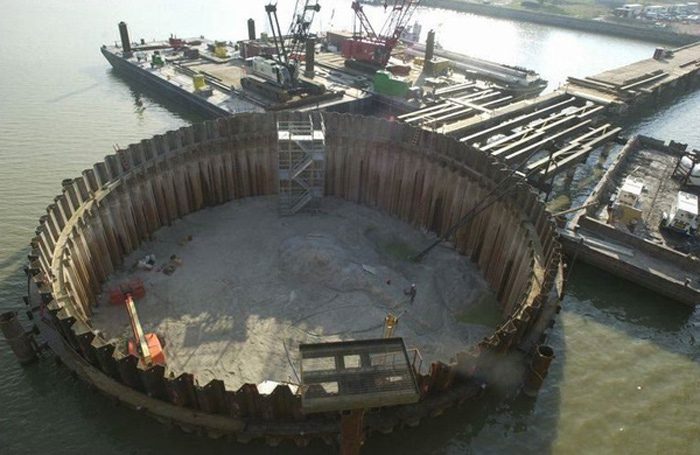
Indeed – they use a cofferdam system to prevent water from flooding during the excavation process. For shallow water areas, the ground inside the cofferdam can be raised, allowing the bridge supports to be constructed from there.

For bridges spanning rivers or deep waters, the foundation is driven from the top down. First, engineers must construct a cofferdam – a watertight enclosure within the water, which is continuously pumped to remove water, ensuring a dry working condition. The foundation will be built inside the cofferdam.
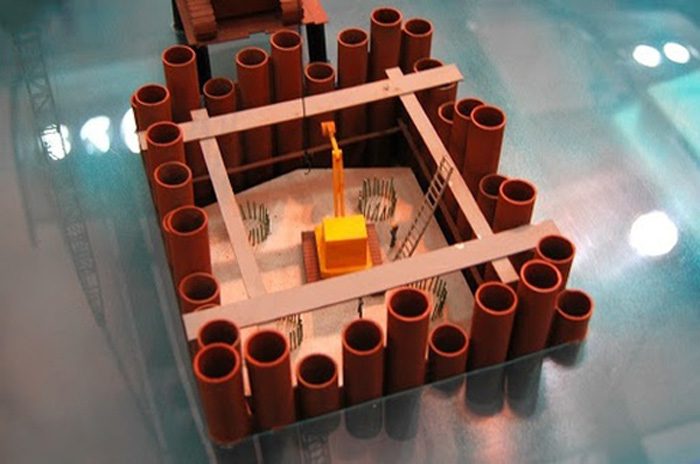
A typical cofferdam
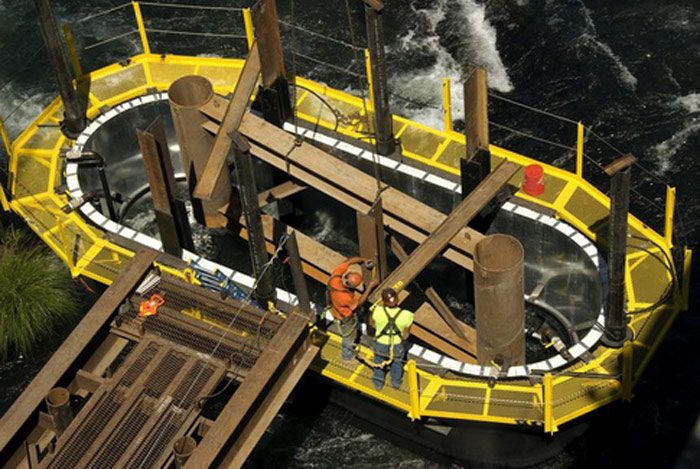
A drilling rig can be installed to construct bridge pillars.
For mega-structures over deep waters, a more complex system is used, but in theory, it still aims to create a dry environment for foundation work.
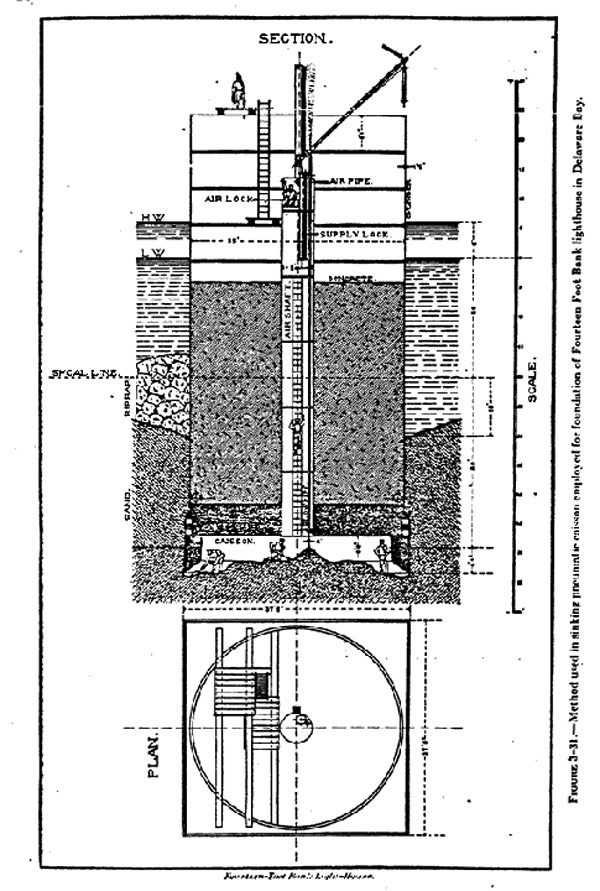
Once the foundation is successfully placed, concrete will be poured to cast the bridge pillars. Next, the bridge deck will be installed on these pillars. The construction process of a bridge can be briefly described in the video below.
Below are some famous and beautiful bridges around the world.
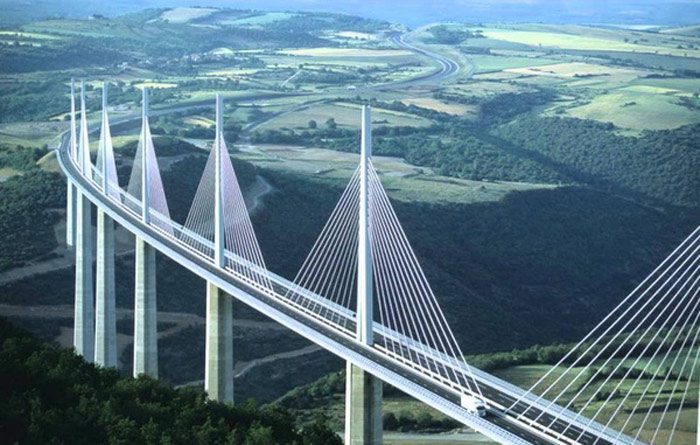
Millau Viaduct – France

Golden Gate Bridge – USA
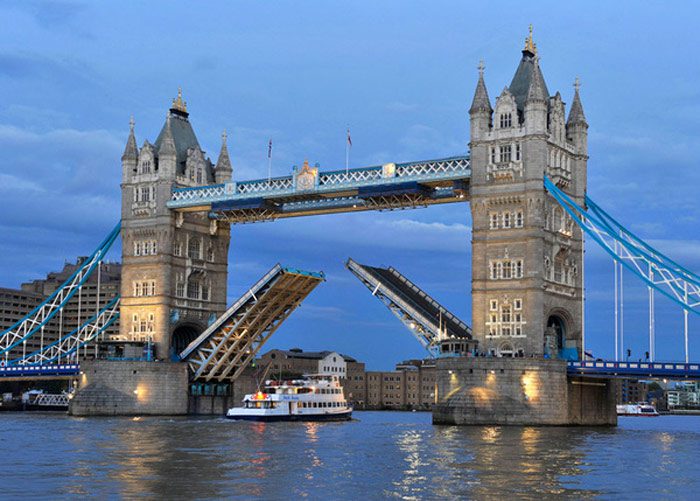
Tower Bridge (UK)

Puente del Alamillo in Spain
Ghenh Bridge is 223.30 meters long (along with the Rach Cat Bridge, which is 125.37 meters long) and is located in Bien Hoa City – these two bridges cross the Dong Nai River leading to Cu Lao Pho, serving both road and rail traffic, with two side sections for two-wheeled vehicles and a central section for trains and cars.
There are documents stating that the bridge was constructed in 1909 and was designed by architect Gustave Eiffel (1832 – 1923, designer of the Eiffel Tower), along with two other bridge structures in Vietnam, Long Bien Bridge (Hanoi) and Tràng Tiền Bridge (Hue).


















































